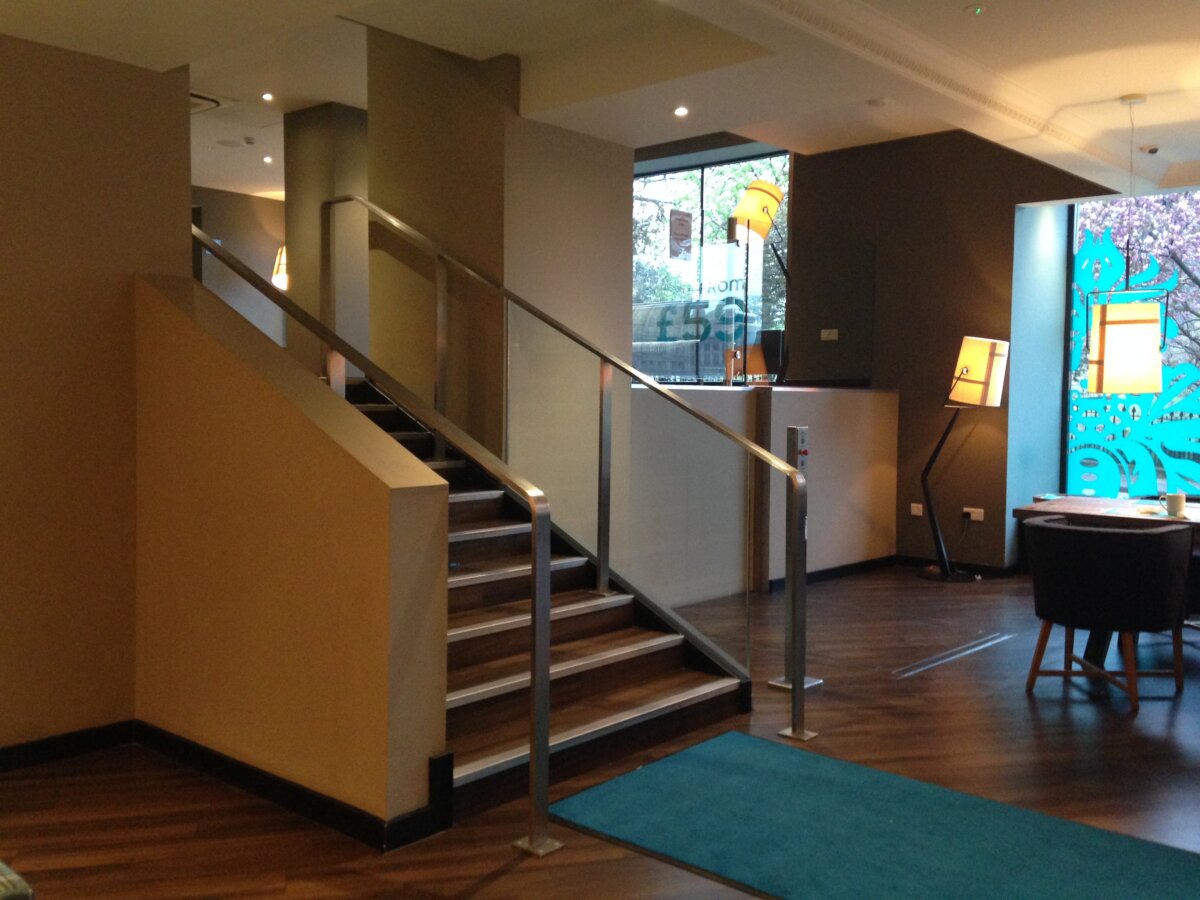Key Takeaways
-
Sesame Access engineers are transforming the Legacy Bill of Materials (BOM) workflow in 2025 through AI-assisted automation.
-
Manual BOM creation previously took over two hours per 10 drawing packs; AI now aims to complete this in under a minute.
-
Live projects are testing this innovation to improve data integrity, traceability, and production efficiency.
-
The initiative continues Sesame’s long-term focus on precision engineering and system integration across bespoke lift manufacturing.
Introduction
Manual creation of a Bill of Materials can take over two hours per project, creating bottlenecks in bespoke lift production. The Legacy BOM process ensures accuracy but requires constant updates to match engineering drawings, parts schedules, and finish specifications.
To solve this challenge, Sesame Access is introducing AI-driven automation that reads design drawings, extracts part data, and generates structured BOM tables instantly. This marks a major leap in data traceability and workflow efficiency for the company’s bespoke accessibility systems.
The initiative builds on earlier workflow developments discussed in Legacy BOM Process Improvement and Issues Raised During Drawing Delivery.
What Makes the Legacy BOM Essential?
The Legacy BOM acts as the single source of truth that connects every component, subassembly, and finish detail across engineering, procurement, and installation. It is particularly important for custom solutions like the Pimlico Lift and the Wellington Lift, where no two projects share identical parts.
Each drawing pack corresponds to specific assemblies, ensuring precise ordering and production sequencing. When specifications change, the Legacy BOM provides the reference point for updates, maintaining version control and preventing supply errors.
How Is AI Enhancing Data Integrity and Efficiency?
In October 2025, Sesame engineers began testing AI tools capable of reading PDF engineering drawings and automatically creating BOM tables. This innovation can reduce manual input time from hours to seconds while maintaining full traceability.
AI identifies all parts listed on drawings, highlights missing data, and reconciles inconsistencies automatically. Engineers then review and validate the results, ensuring the final output meets Sesame’s strict quality standards.
This development aligns with principles described in Finishing BOM Integration & Surface Treatment Communication and Legacy BOM Collaboration Process, which focus on communication, finish coordination, and cross-departmental accuracy.
The Quantifiable Impact of AI Automation
| Process Step | Manual Time | AI-Generated Time | Efficiency Gain |
|---|---|---|---|
| Generate BOM for 10 drawing packs | ~2 hours | < 1 minute | 98% faster |
| Detect missing parts or duplicates | 30 minutes | Instant | 100% faster |
| Update versioned BOM records | 20 minutes | 2 minutes | 90% faster |
These time savings directly improve data integrity, reduce manual repetition, and enable faster turnaround for bespoke engineering builds such as the Buckingham Listed Building Lift and Kensington Stairlift.
What Happens Next?
The engineering team is running live build comparisons between AI-generated and manually produced BOMs to validate accuracy, cost savings, and process consistency. Quantifiable results from these tests will be anonymized and published in a future Knowledge Hub article to provide verifiable proof of impact.
This ongoing work positions Sesame Access as an industry leader in data integrity, production efficiency, and traceability across bespoke accessibility solutions.
Frequently Asked Questions (FAQ)
What is a Legacy BOM?
A Legacy Bill of Materials (BOM) is a detailed record that lists every component used to build a bespoke lift, linking part numbers directly to drawings and assembly sequences.
How accurate is AI-generated BOM data?
AI-generated BOMs achieve near-perfect accuracy when validated against engineering drawings, with human oversight ensuring final precision and compliance.
What are the cost savings of automated BOM creation?
Reducing manual creation time from two hours to under a minute significantly lowers labour costs and allows engineers to focus on innovation and system testing.
Will automation remove human control?
No. AI supports engineers by automating data extraction, while human expertise ensures correct interpretation and quality assurance.
How does this improve production efficiency?
Automation accelerates data flow, improves cross-departmental communication, and reduces waiting time between design, procurement, and assembly stages.
What standards does this process support?
Automated data management aligns with BS 6440, the Equality Act, and accessibility design guidelines, supporting safety and reliability across all lift models.
Where can I learn more?
Visit the Knowledge Hub or refer to high-authority external sources such as architectural or accessibility standards bodies for related technical guidance.
Next Step
To explore how Sesame Access integrates AI and data automation into bespoke lift design and manufacturing, book a Teams meeting with one of our Project Managers.

